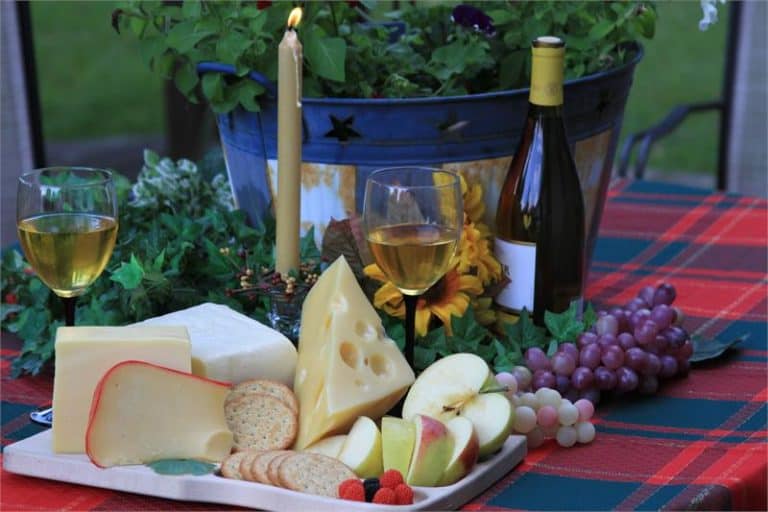Blog
The Perfect Cheese Board
When creating and serving cheese boards, nations always tend to serve them differently. For instance, here in America we actually serve cheese boards as a starter whereas in France they serve them right before dessert, and in England, they serve them as the finale (save the best ’til last, right?) The fact is, regardless of when we serve cheese boards, they are a deliciously welcomed indulgence, especially in the finer restaurants and at dinner parties.




